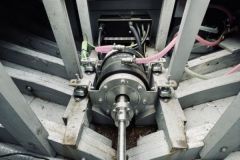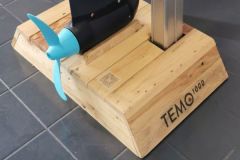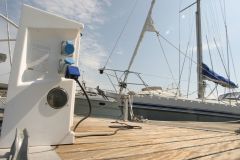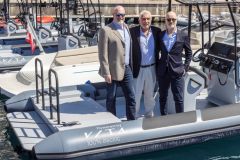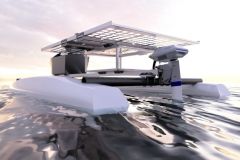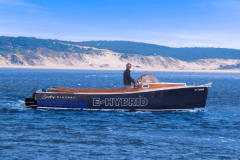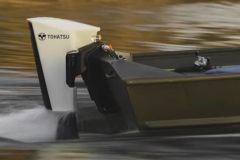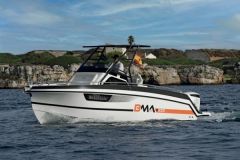From fuel cell to electric thruster
When Rémi Champeaux created Hy-Génération in 2012, it was not to design electric thrusters. After spending some time as an engineer on board construction ships at sea, he was convinced of the need to work on energy management on board. The fuel cell seems to him an ecological solution of the future. Through Hy-Génération, he then worked as a service provider for shipowners wishing to adopt hydrogen as an energy source. "Unfortunately, the business model for operators was still hampered by the size of the batteries and the investment they made. I realized that I needed to start at the bottom of the ladder and reduce power consumption to reduce battery size. So I decided to tackle the poor performance of the propellers, propulsion being the most energy-intensive function," explains Rémi Champeaux.
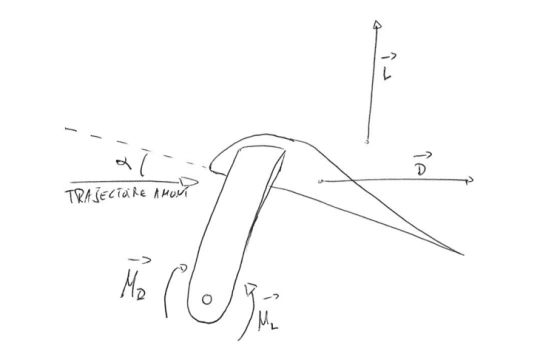
Principle of the Hy-Generation blade
Self-adjusting pitch blades
The engineer starts from an observation: the propellers must deliver a strong thrust when starting, then transform into a speed propeller once the cruising rhythm is reached. To optimize this, it is necessary to play on the pitch of the propeller. Solutions already exist, but blade angle management is mechanically controlled by the boat's pilot. Combining this reflection and the adoption of an electric motor system with permanent magnet allowing it to free itself from the shaft line, it deposits a patent of self-adjusting blade. This is the birth of the Hy-Generation thruster.
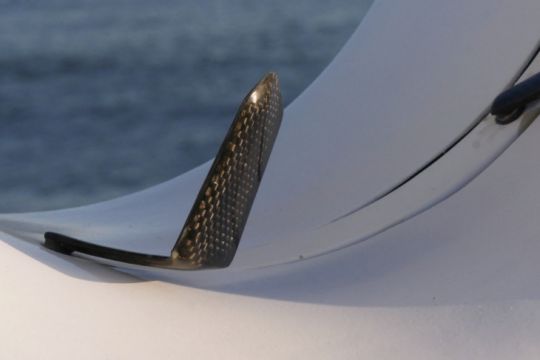
Pale Hy-Generation
Energy saving
With optimum blade angle at all speeds, both forward and reverse, the Hy-Generation propeller significantly improves efficiency over a conventional electric propeller motor. It thus makes it possible to gain in autonomy, key element to advance the cause of the electric boat.
Development of the Hy-Generation thruster
After the switch from hydrogen fuel cells to thrusters in 2015, Hy-Génération built its first prototype in 2016 with the help of BPI France, then presented it at trade fairs. "The METS 2017 has allowed me to validate with visitors the strong interest of the Hy-Generation thruster for the boat of tomorrow," says Rémi Champeaux.
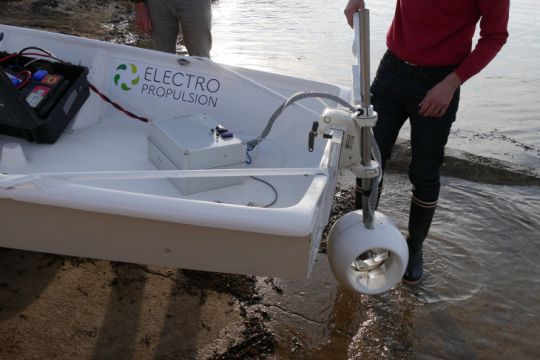
Prototype test
A first model of a new version of the thruster should be finalized in March 2018, enabling the manufacturing process to be validated. The 4.5kW thruster controls, accessible without a permit, will open in the spring of 2018. The price should be in 800 € and 1000 € per kW, around 4 000 €. Other powers will be developed later according to the interested customers.





